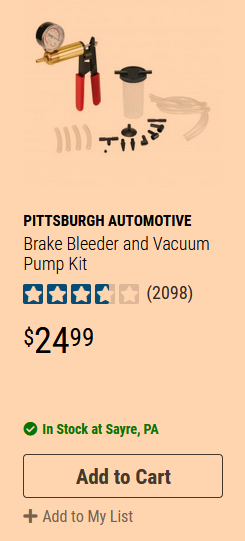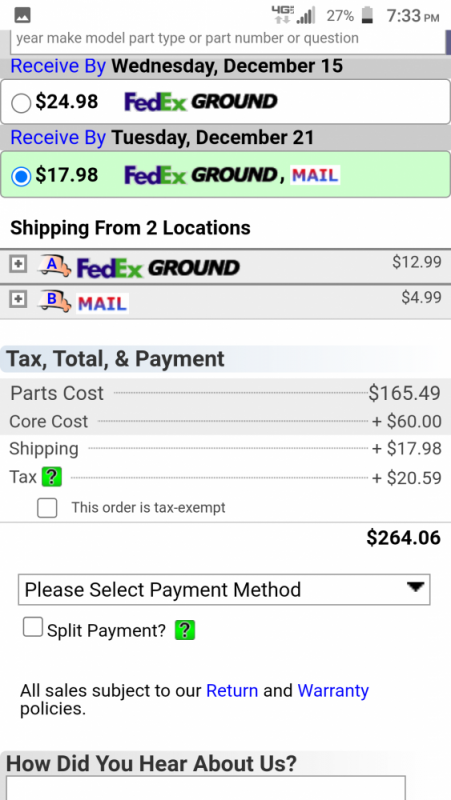jrsavoie
Recruit
Tube in a bottle of brake fluid. Keep the reservior filled. It is a pia.I agree but the problem I'm going to run into is I don't own a power bleeder and from what I've been told it's pretty much necessary to not get any air in the ABS.
I have bled brakes backwards from the bleeder with an electric fuel pump and sucking out the reservior. Not sure if that works with these.


